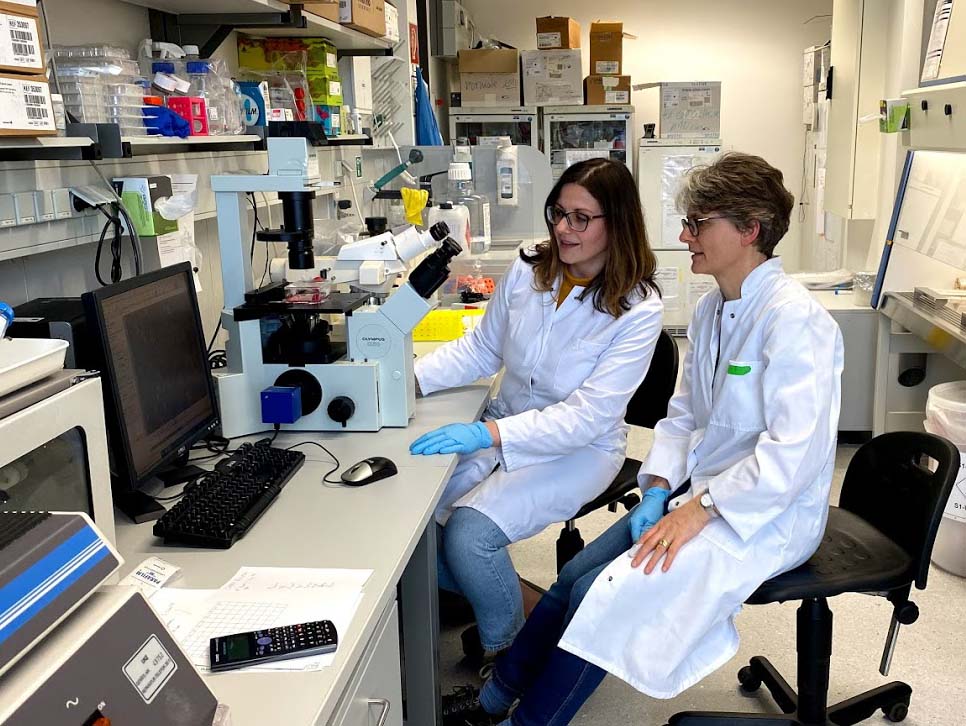by Eric Hesse and Hanna Taipaleenmäki, UKE Hamburg
For decades, the central dogma of molecular biology was that our genetic code is stored as a DNA, which is converted to an RNA message and eventually translated into protein. The remaining 98% of the genome was considered as “junk” – something that is useless or of very little value. About two decades ago, scientists found a novel group of non-coding regulatory molecules, microRNAs (miRNAs), and realized that the “junk” might have a function after all.
After the discovery of miRNAs one generations junk became others treasure. MiRNAs were found to actively regulate protein abundance and were recognized as master orchestrators of various biological processes. The same way a conductor maintains a harmony in a concert by silencing and activating different instruments, miRNAs maintain tissue homeostasis by determining which genes are active and which ones are silent at a given time. Interestingly, abnormal expression of these small molecules has been associated with several diseases, including cancer, providing a base for a new class of biomarkers. In addition, modulation of miRNA function has been recently recognized as a potential therapeutic approach to treat various diseases.
One fascinating aspect of miRNAs is that they can simultaneously target several tissues and signaling pathways. This is of particular interest in diseases involving complex cellular interactions, including metastatic bone disease. Understanding the function of specific miRNAs in the cells of the bone environment will not only provide knowledge on the complex regulatory networks underlying bone metastases, but it is also likely to unravel novel therapeutic targets for the treatment of this devastating disease. The Priority Program µBone provides an ideal platform to address these questions in an excellent and collaborative environment. Within the µBone program, we aim to build strong collaborations and to contribute to the success story of miRNAs from “junk” to powerful micromanagers of biological functions and potential future drug targets.



